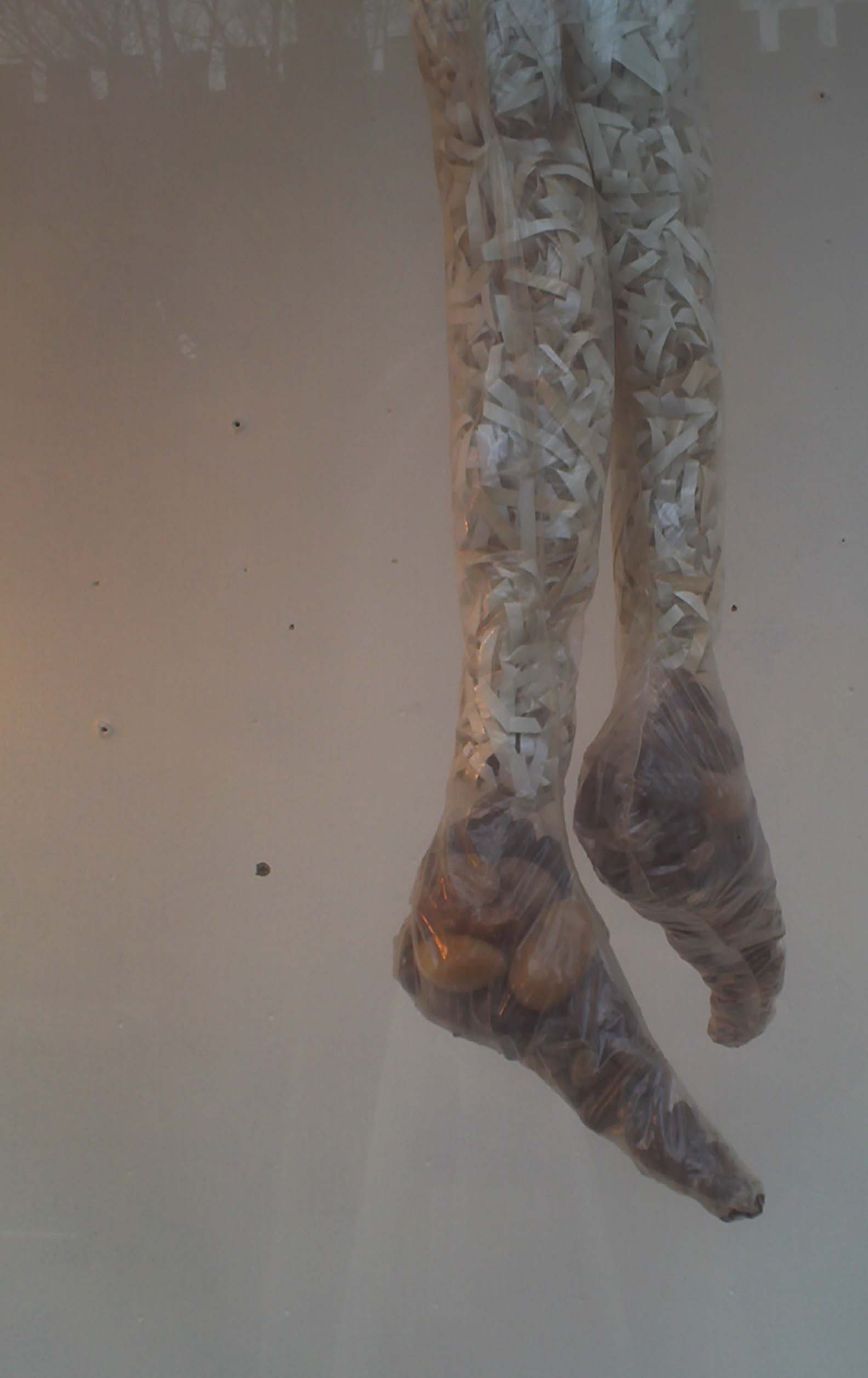
Donation Station is a sculptural installation proposal submitted to Dorset County Hospital. The intention of the Illustrate is to encourage organ donation and the chosen piece to be sited by the cardiology department in Dorchester.
Donation Station aims to locate a collection of concrete portable organ transplant refrigeration units within the cardiac courtyard. Each unit to feature a name panel being that of a celebrity or person who became famous medically because of an organ transplant procedure. Temporary over-size latex organs to be used for the private view for the installation opening and on occasions when the Hospital and the Cardiac Unit has a higher level of foot fall. The installation will encourage donation directly through the use of celebrity culture, indirectly by simply drawing attention to the need for organs to be donated.
The artist will work with a locally based firm within the Dorset region to create between nine and twenty-one internally re-enforced rough solid cement cast from the use of a portable refrigeration unit suitable for organ transportation. Each unit to measure around 50 x 30 and 50 cm in height, the exact size to be determined at a later date. A red dye to be used within the concrete mixing process to give them a sight pink tonal quality. The rough cement cast will give the units an artistic quality in terms of a raw edge suiting the subject of organ donation and the surgical operating process. The grid-like layout of the units looks to draw attention to the vast amounts of organs donations needed by the NHS on a daily basis. The grid structure to be laid out in three columns, the columns to depict the three people who die in need of an organ donation on a daily basis. The mathematical formation draws attention to the position of the process of donated organs are transported allowing for no error and perfection in timing matters.
Each Unit to show an external shape of the organ which it contains within its structure. The name of a celebrity or medically notable person to be etched onto a brass plaque attached to the front of the structure. The World Cup-winning footballer, George Best to be used against an organ of a liver representing the liver transplant operation which he undertook. In a similar manner, Lou Reed the American rock music legend could be represented. Medical milestones could be shown with a unit dedicated to Louis Wash Kansy the first man to receive a heart transplant. A second plaque to the back of the units would explain further details in regards to who is featured and the nature of the operation. There is also the potential for a unit to contain a brain the be transplanted, for the unit the be unnamed then the ethical considerations raised in more details on the rear plaque. Does the outcome result in the brain or body becoming the person in existence?
The over-size latex organs to be used for the private view for the installation and for occasions when the foot fall to the cardiac unit is higher. Each form to be made from individually moulded organs incorporation colour dyes which relate to the blood present during the operation procedures. Potentially each piece could be filled with water on a base level so as they were unlikely to be affected by environmental conditions such as wind. As they would be hollow internally they would be relatively easy to store in an internal facility. The option of the latex organs to be taken to various events to increase levels of those giving permission for the process has further potential.
Engagement with the installation and the potential to increase the numbers of organ donation works on varies levels. The latex forms have a strong visual impact which would draw attention to the art forms created which would be reflected through the media reaching the public on a greater scale. The dramatic effect of the rubber organs would draw further attention to the art form when used at busy footfall periods. The concrete units to create interest from the platform of the many windows present around the courtyard. The installation can then be engaged with on a secondary level, the plates can be read and the procedures identified with on a higher level. In today celebrity-obsessed culture should lead to greater participation in the organ donation process. The potential to invite debate over the identity of an individual if this procedure was to occur is immense.
The Donation Station is an innovative installation which will engage on an emotional, cultural and ethical level. We identify with lives which could be saved through the process, our passions for the celebrity-obsessed culture of the twenty-first century Britain, but equally to engage the debate over the ethics of the ultimate organ transplant: the brain.

Leave a comment